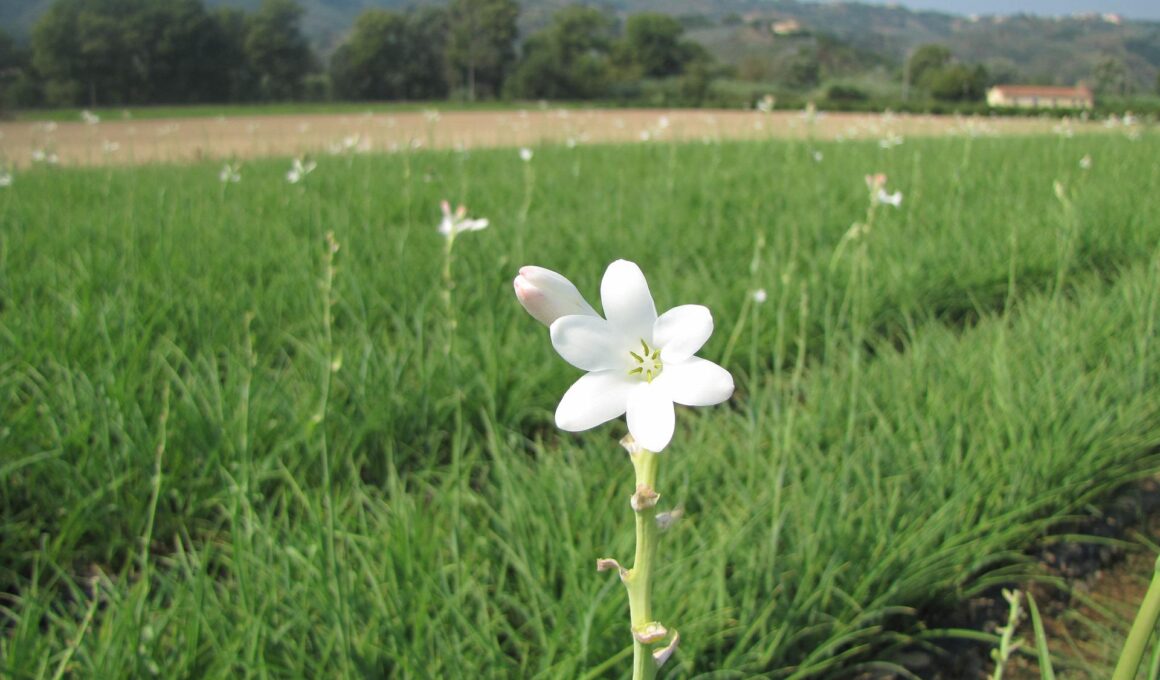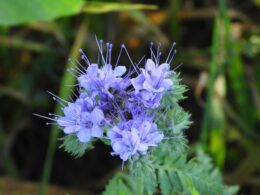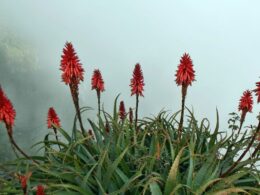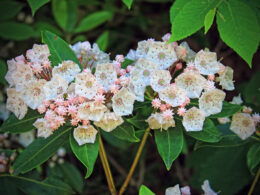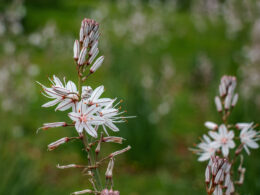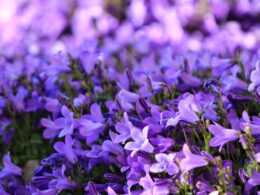In this post, we’ll go over the planting and care tips for the tuberose flower, so that you can enjoy them for years to come. Let’s get started!
Tuberose Flower. Morphology
The morphology of the tuberose flower is quite unique. The flower has a long, slender stem with small, delicate leaves. The blossom itself is usually white and relatively small, but it is surrounded by six large petals that give the flower a very striking appearance. Its scientific name is Agave amica (formerly Polianthes tuberosa). Tuberose flowers generally bloom in clusters in the summer months, but they can be found blooming year-round in some areas. They are native to Mexico.
Tuberose flowers are most often found in shades of white or pink, but they can also be found in yellow, orange, and red. The flowers are very fragrant, and they are often used in perfumes and sachets. Their fragrance is said to be both sweet and sensual. They are also popular as cut flowers, and they can be found in many florists’ shops. These white flowers are also common in wedding floral arrangements.
How to Plant a Tuberose Flower
Tuberose flowers are amazing and beautiful. They have long, slender stems with waxy flowers that are perfect for adding height to bouquets and centerpieces. Plus, their intoxicating fragrance is simply irresistible! If you’re looking to add a tuberose plant to your garden, here’s what you need to do:
- Choose a sunny spot in your garden that has well-drained soil. Tuberose plants need lots of sunlight to thrive.
- Dig a hole that is twice the size of the tuberose bulb.
- Carefully place the tuberose bulb in the hole, making sure that the pointed end is facing up.
- Backfill the hole with soil, and water the area well.
- Once the plant has sprouted and grown a few leaves, you can fertilize it with a balanced fertilizer.
- Water your tuberose plant regularly, especially during hot summer months. Make sure to keep the soil moist, but not soggy.
- Cut back the plant after it has finished blooming. This will encourage new growth for the following season.
With a little bit of care, your tuberose plant will thrive and provide you with beautiful flowers year after year!
Tuberose Flower – Plant Care
Tuberose flowers are very beautiful and have a very sweet fragrance. They make great cut flowers, but they can also be grown in the garden. Here is some basic care information for these highly fragrant flowers:
- Soil: tuberose flowers need well-drained soil that is rich in organic matter. They will do best in a full sun location.
- Watering: water tuberose flowers regularly to keep the soil moist, but not soggy. Be sure to water at the base of the plant to avoid wetting the foliage, which can lead to fungal diseases.
- Fertilizing: feed tuberoses monthly with a balanced fertilizer. You can also add some compost to the soil in early spring to help them get started.
- Pruning: prune tuberose flowers in late summer or early fall, after they bloom, by cutting back the main stem to about 6 inches. This will encourage new growth and more flowers.
- Frost: tuberoses are not tolerant of frost, so be sure to protect them if there is a chance of frost in your area. The tuberose flower is a perennial plant, so it will come back each year.
Tuberoses: Common Pests and Diseases
Tuberoses (Polianthes tuberosa) are relatively easy to grow and are tolerant of a wide range of growing conditions. However, they can be susceptible to a number of common pests and diseases. The most common problems include powdery mildew, aphids, whiteflies, and root rot.
- Powdery mildew is a fungal disease that affects a wide range of plants, including tuberoses. It appears as a white or gray powdery growth on the leaves and stems of the plant. Powdery mildew can cause the leaves to yellow and eventually drop off.
- Aphids are small, sap-sucking insects that can infest tuberoses. They are usually green or black and congregate on the undersides of leaves. Aphids can cause the leaves to yellow and curl, and they can also transmit diseases.
- Whiteflies are small, winged insects that are closely related to aphids. They are usually white in color and can be found on the undersides of leaves. Whiteflies can cause the leaves to yellow and drop off. The best way to control whiteflies is to remove them by hand or with a forceful stream of water.
- Root rot is a fungal disease that can affect a wide range of plants, including the tuberose flower. It is caused by too much moisture around the roots of the plant. Root rot can cause the leaves to yellow and drop off. The best way to control root rot is to prevent it in the first place by growing resistant varieties and keeping the plants well-drained. If root rot does become a problem, it can be treated with a fungicide.
What do you think about these fragrant spikes with white blooms? Would you like to have them in your garden? Leave a comment!





